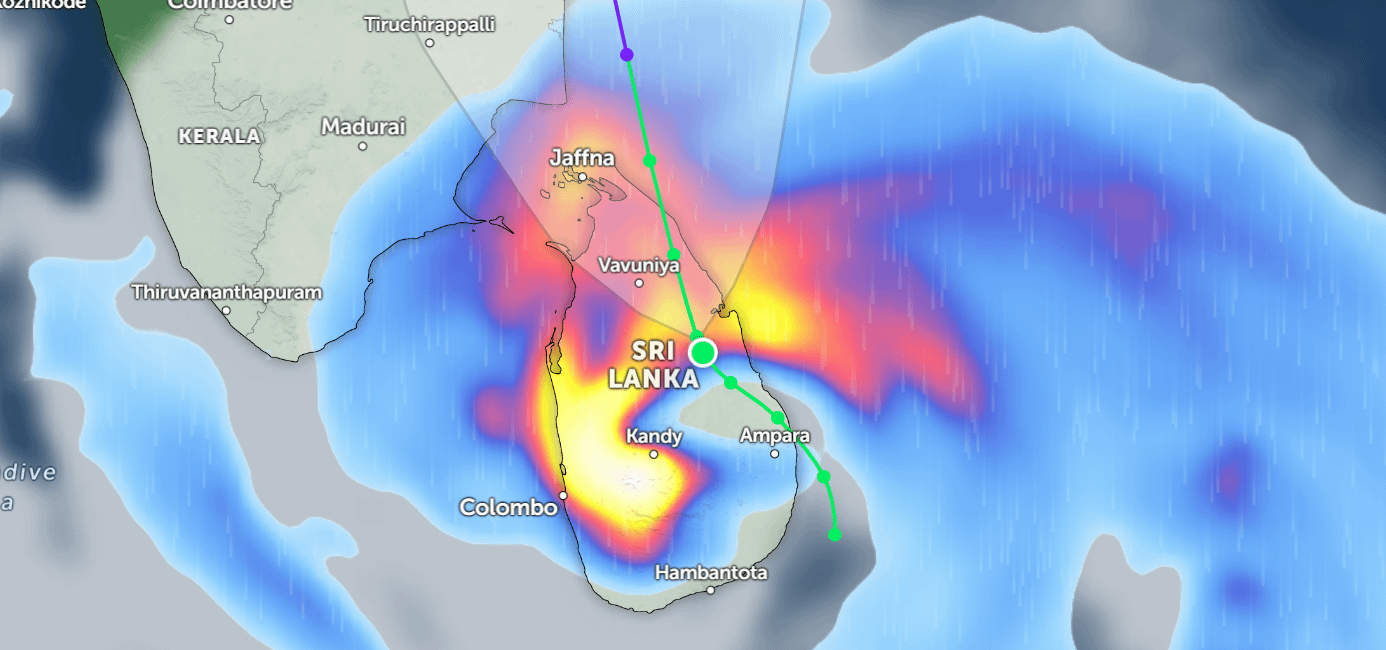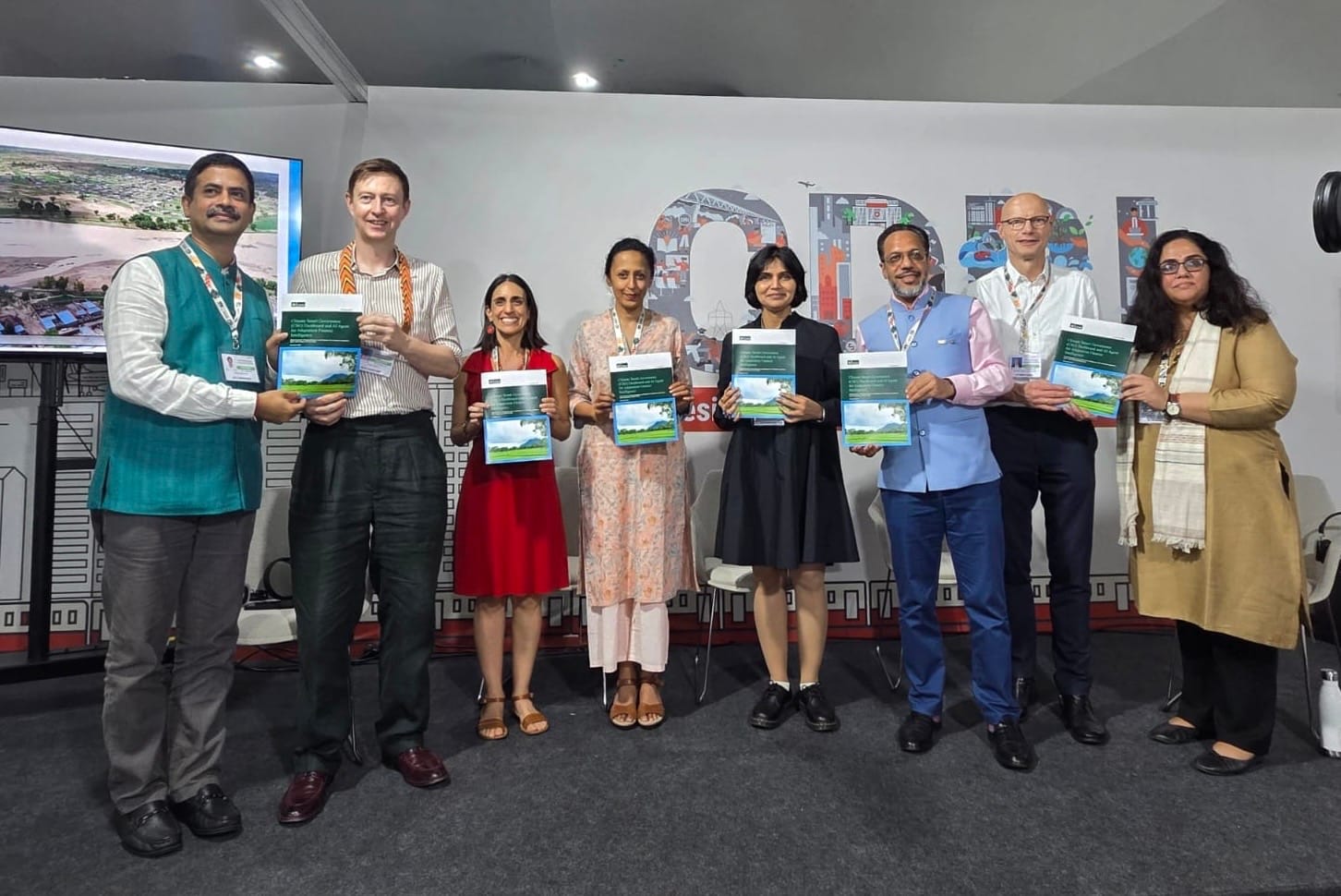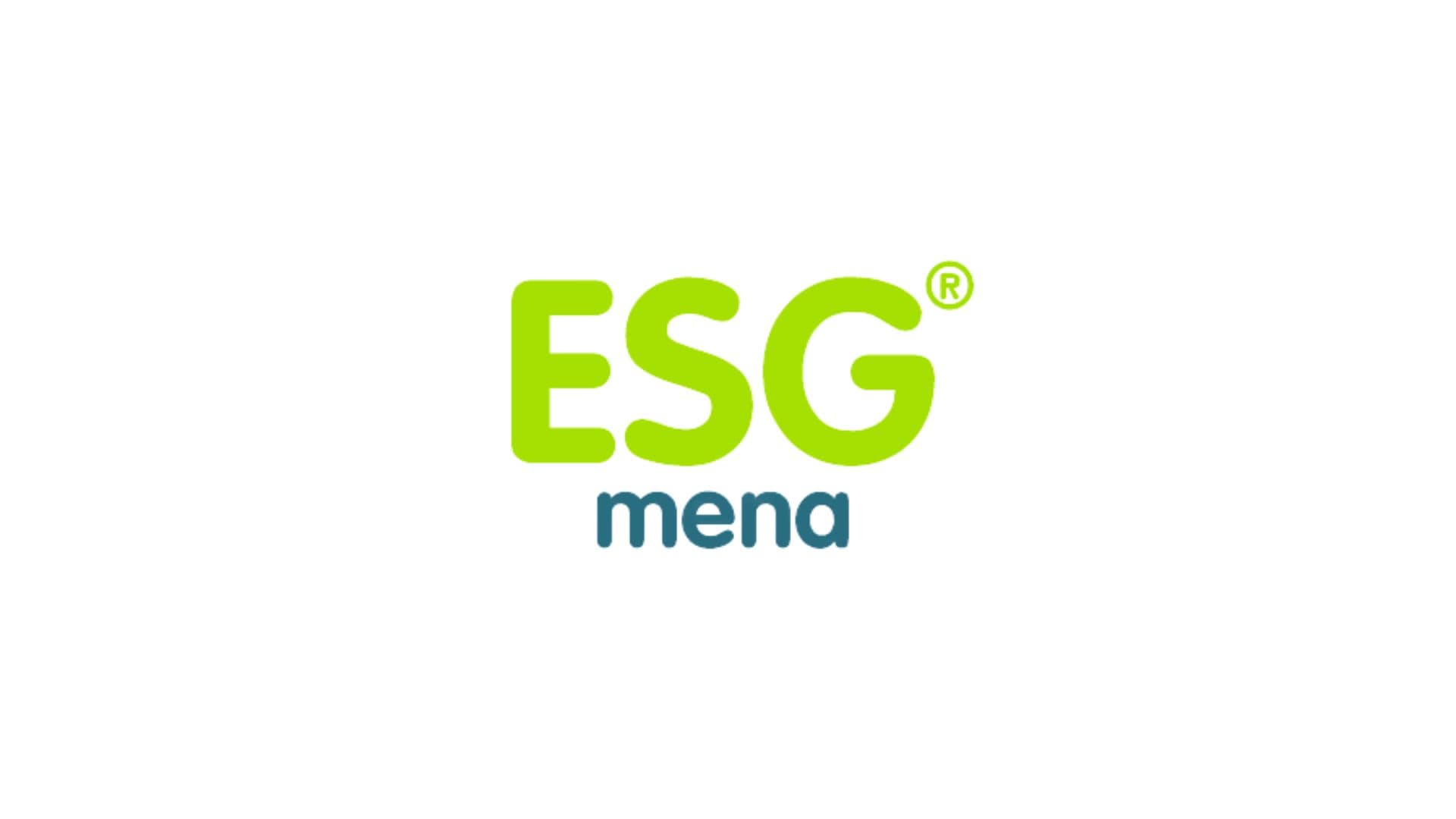Water data for climate resilience
As climate variability and extremes increasingly challenge water security across the globe, the International Water Management Institute (IWMI) is stepping up its efforts to provide data-driven solutions that strengthen resilience and inform adaptive responses. IWMI collects and integrates data to improve the assessment of the impacts of climate change on water resources and extremes.
IWMI develops models, tools and methods to assess the effectiveness and tradeoffs of adaptation under a range of future scenarios to ensure that climate change adaptation is based on scientific knowledge of (local) future climate change. IWMI’s work:
- Assesses climate and water risks and develop knowledge products, platforms and dashboards to support anticipatory action to manage current and future risks at multiple scales
- Develops methodologies and tools for hydrological forecasting on timescales ranging from weeks to decades to improve management of water, land, food and ecosystems
- Creates technical tools to help stakeholders (e.g., government, private sector and farmers) manage climate risks and extremes
- Expands methods and tools for addressing water management issues in Asian and African urban areas
Contact
Giriraj Amarnath
Research Group Leader – Water Data for Climate Resilience / Principal Researcher – Disaster Risk Management and Climate Resilience
Latest publications on this topic
Report
Hydrological modelling for a resilient future: innovations at the water-climate nexus
International Water Management Institute; CGIAR Climate Action Program; CGIAR Policy Innovations Program; CGIAR Scaling for Impact Program; CGIAR Sustainable Animal and Aquatic Foods Program | December 5th, 2025
Report
Deploying solar pumps at scale in South Asia: opportunities for solarizing agriculture in South Asia
International Solar Alliance; International Water Management Institute | December 3rd, 2025
Report
Growth with resilience for Viksit Bharat 2047: conversations around water, energy and livelihood security
International Water Management Institute | December 2nd, 2025







